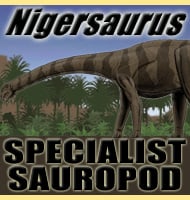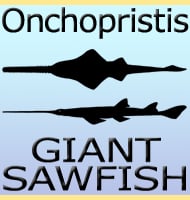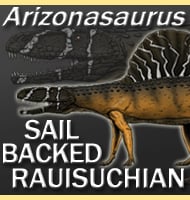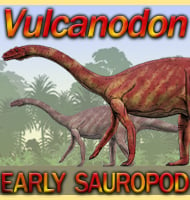In Depth
First discussed by Grimaldi et al in 2002 and again by Grimaldi and Engel in 2005, this little wasp preserved in amber was finally given its own genus in 2006. The holotype specimen (AMNH Bu-051) is the exoskeleton of a female wasp encased in amber, and is preserved well enough to identify it as type of ‘spider wasp’. The title of the description of Bryopompilus described it as ‘the First Cretaceous Spider Wasp’, but the context of this is that it is the first one known to science. It is not impossible and quite likely that spider wasps existed long before this specimen was preserved in amber.
Spider wasps get their name from their chosen prey preference; spiders. The physical features of Bryopompilus and its general similarity to extant spider wasps can yield a comfortable conclusion that it hunted for spiders in the same way. How and why spider wasps hunt spiders is something that could be taken from the script of a horror movie, since the wasp does not attack the spider to feed itself, but to provide food for its unhatched larvae.
Some species of spider wasp are seen to have a preference for certain spiders, though across the board spiders of all types are taken, which is everything from orb weavers to ground dwelling tarantulas. There is no way of knowing how powerful the sting of Bryopompilus was, but some spider wasps are known for having some of the most potent stings in the insect world. This sting however is not used to kill the spider outright but to paralyse it so that it cannot fight back. This is where the gruesome part comes, as the wasp either digs a hole there, or carries/drags the now paralysed spider back to a prepared hole. No one knows for certain what Bryopompilus did, but either of these two scenarios are likely. Now in the hole, the wasp lays a single egg (it is the females that do the hunting) on the body of the spider, usually the abdomen, and then buries the spider.
As the egg hatches the larva begins to eat the spider, which is still alive but paralysed so that it can do absolutely nothing about the wasp larvae that is eating it. It takes time for the wasp larvae to devour the spider, but displaying the very definition of cold calculating behaviour, the larva saves the vital internal organs of the spider for the very last. This means that even though the spider has had a significant portion of its body already eaten, it is yet still alive all the way until the larvae is finally ready to finish it off before it pupates to become an adult. This process of consuming the living spider and pupation can take months. Adults that emerge early in the year probably hatched from eggs that were laid late the previous year. Eggs laid early however can yield adults that emerge late in summer that will lay eggs where the larvae develop into adults over winter to emerge the following year.
Males that hatch out will begin looking for females to mate with. Females, after mating will spend their time hunting for spiders that their unhatched young can eat. This cycle is commonly seen the world over today, but the existence of wasp spiders like Bryopompilus back in the early Cretaceous period, along with genera/species of prehistoric spiders such as Mongolarachne and Eoplectreurys in the Jurassic indicates that this parasitic relationship between wasps and spiders has been going on for far longer than what most people realise.
Further Reading
- The First Cretaceous Spider Wasp (Hymenoptera:Pompilidae), Michael S. Engel & David A. Grimaldi - 2006.









